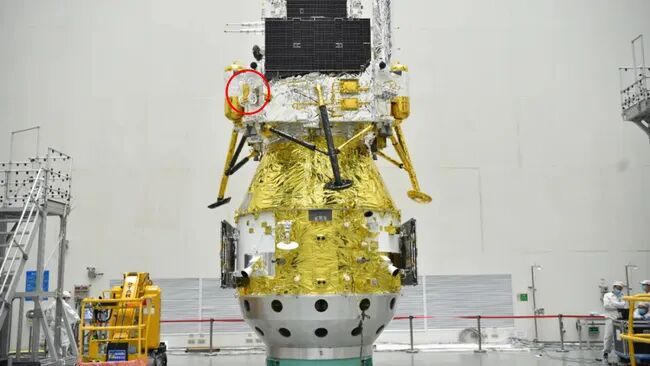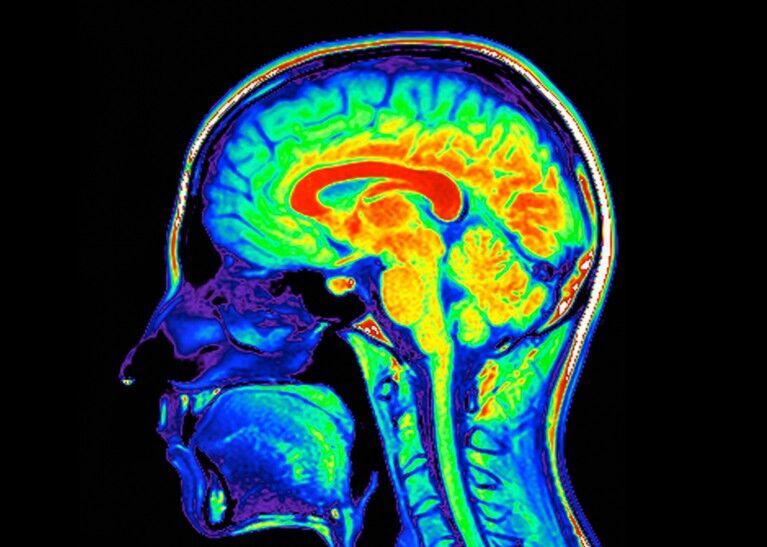Atlantic currents slowed dramatically during the Younger Dryas period. By reconstructing those ancient ocean conditions, scientists think they can forecast changes over the next century.

© NASA/Goddard Space Flight Center Scientific Visualization StudioNASA visualization showing the Gulf Stream as it unfurls from the Florida Straits across the North Atlantic Ocean. The current is colored according to sea surface temperature. Red is equivalent to around 90 degrees Fahrenheit (32 degrees Celsius) while green is equivalent to roughly 55 F (13 C).
The Gulf Stream slowed dramatically at the
end of the last ice age with dire effects on organisms in the Atlantic, scientists have found. This discovery could help researchers forecast how Atlantic currents will change in response to climate change today.
The Gulf Stream is a warm ocean current that originates in the Florida Straits between Florida and Cuba, before skirting the U.S. East Coast and Canada and crossing the North Atlantic to Europe. The heat it carries maintains temperate conditions in Europe and to some extent North America. The current forms part of the Atlantic Meridional Overturning Circulation (AMOC), which transports balmy waters from the Southern Hemisphere to the north and then back down toward Antarctica in a giant loop.
Previous models showed the
Gulf Stream is weakening and the
AMOC may be close to collapse, with grave implications for the climate. Now, a new study published Thursday (May 9) in the journal
Science has found that a
decline in the Gulf Stream potentially spells trouble for ocean critters that depend on the nutrients the current transports from the tropics to the North Atlantic.The authors based their conclusions on fossil and sediment records from a brief cooling event between 12,900 and 11,700 years ago, known as the Younger Dryas. The cold snap temporarily reversed a period of global warming during the transition from the
Pleistocene epoch to the current
Holocene epoch.













Comment: Now get this: in December 1859 the Atlantic magazine published a detailed report about the 1859 Carrington Event, and noted, among many other things in its superb report (oh for the days when The Atlantic published good research), that: Guess what erupted in New Caledonia three days after auroras were sighted there... serious rioting akin to a 'civil war':
France deploys military to quell independence protests and serious rioting in Pacific territory of New Caledonia
Spaceweather.com also reports that another massive 'Carrington-class' sunspot is poised to hurl a geomagnetic storm Mars' way...